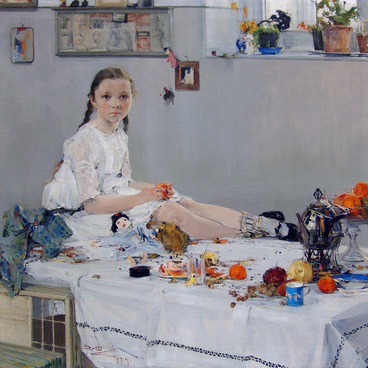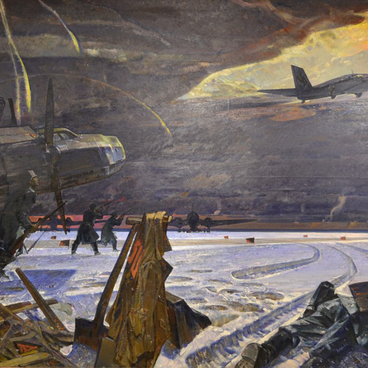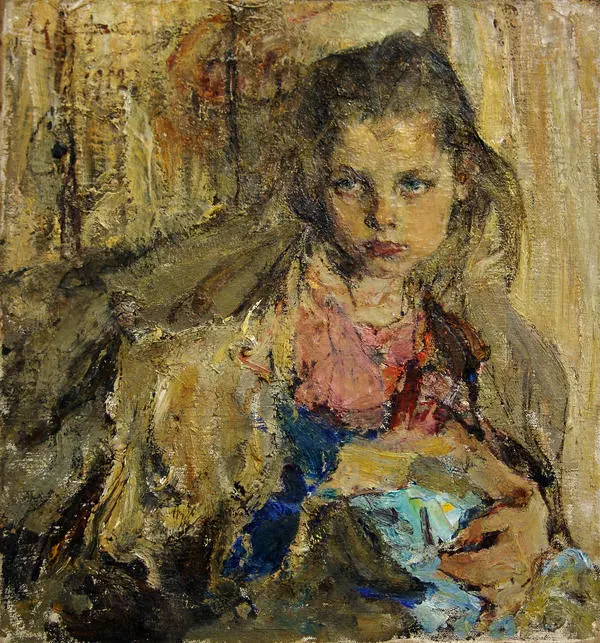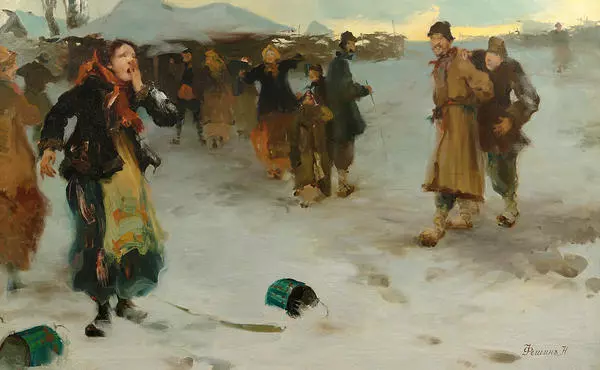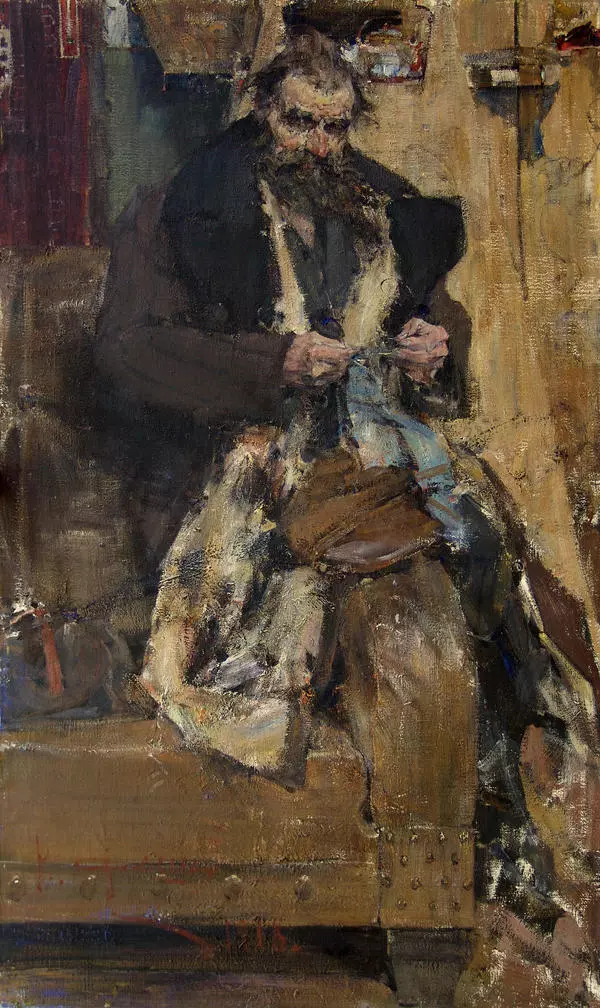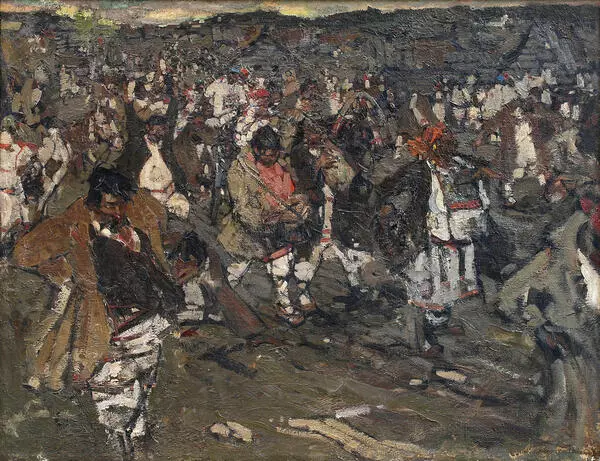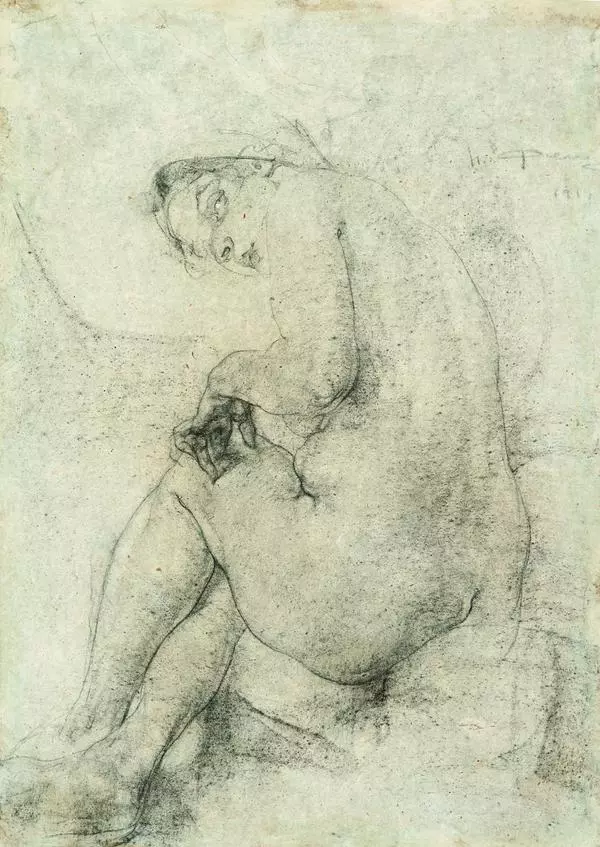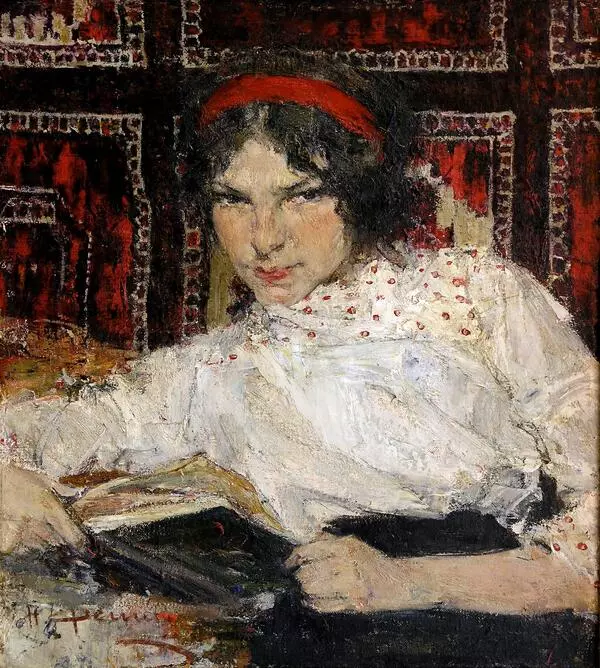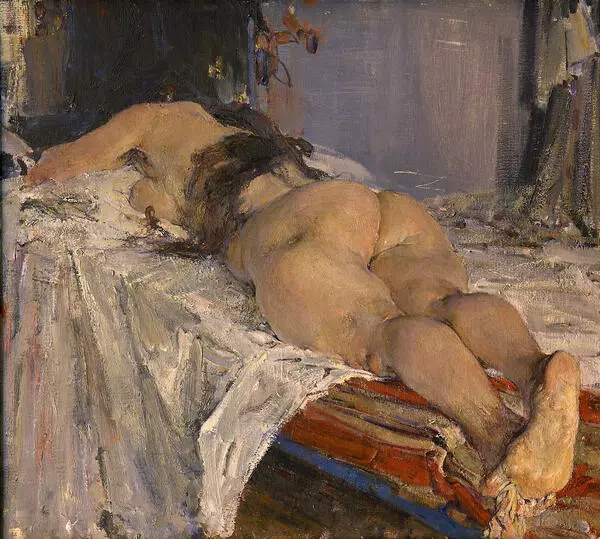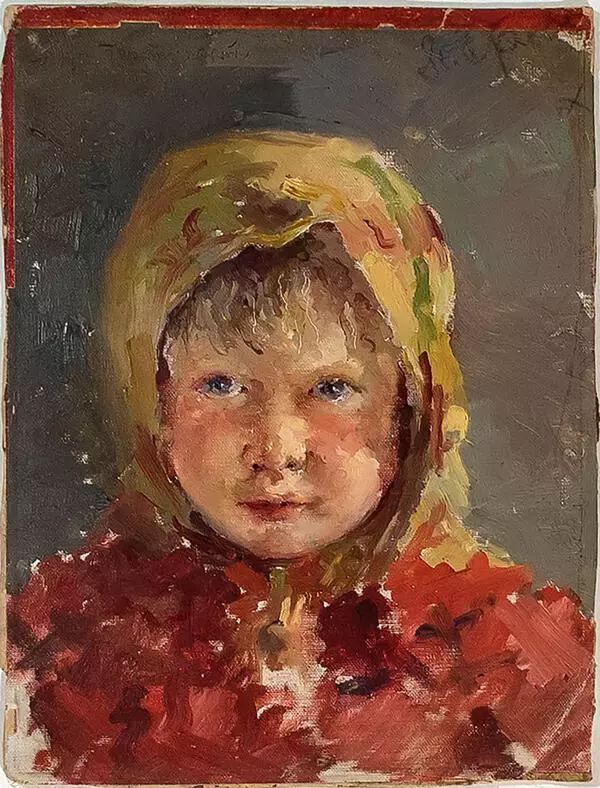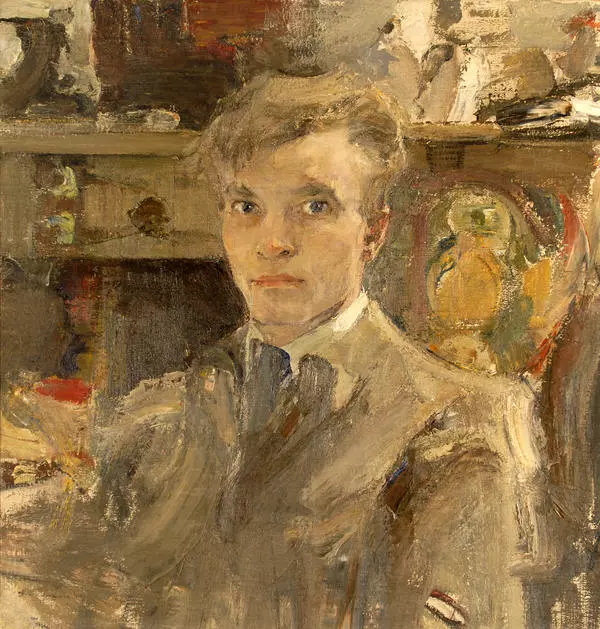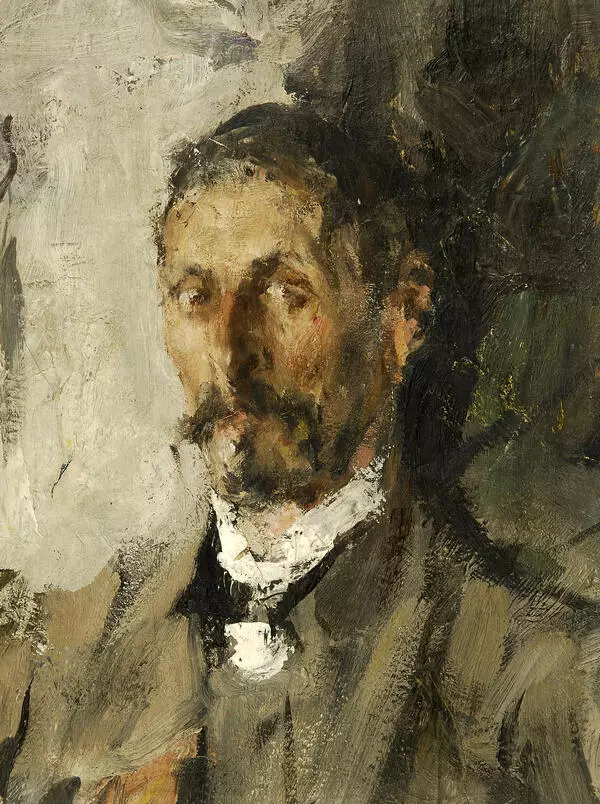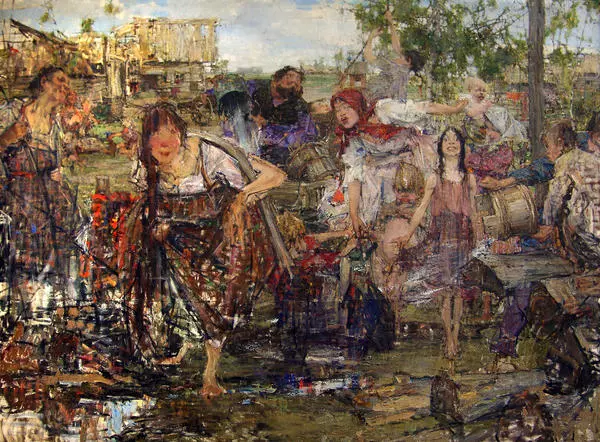Nikolay Feshin was born in Kazan to the family of a woodcarver and since childhood, had been helping his father to make iconostases. He graduated from the Kazan Art School and in 1901 entered Ilya Repin’s studio at the St. Petersburg Academy of Arts. Despite the great influence and authority of his teacher, Feshin, having well mastered the principles of realism, was able to go beyond them. “I could not be a direct follower of Repin, because my requests in art were completely different. A high level of technique mastery (painting skills)… will always be dominant in art. Over time, the subject loses most of its meaning but its excellent execution retains its value”, wrote the artist.
He participated in the Itinerants’ exhibitions but did not consider himself to be a member of their union.
He participated in the Itinerants’ exhibitions but did not consider himself to be a member of their union.
Like the Itinerants, Feshin was inspired by scenes from folk life but he was never interested in the social side of the phenomenon. His light and dynamic brushstroke, a sense of incompleteness and freshness of an instantly seized moment brought Feshin closer to Impressionists. But unlike the latter, he did not spill on canvas the first impression of what he saw, instead he diligently watched life for a long time. The impressionist approach made it impossible to reveal the full depth of character, which is especially important for a portraitist.


